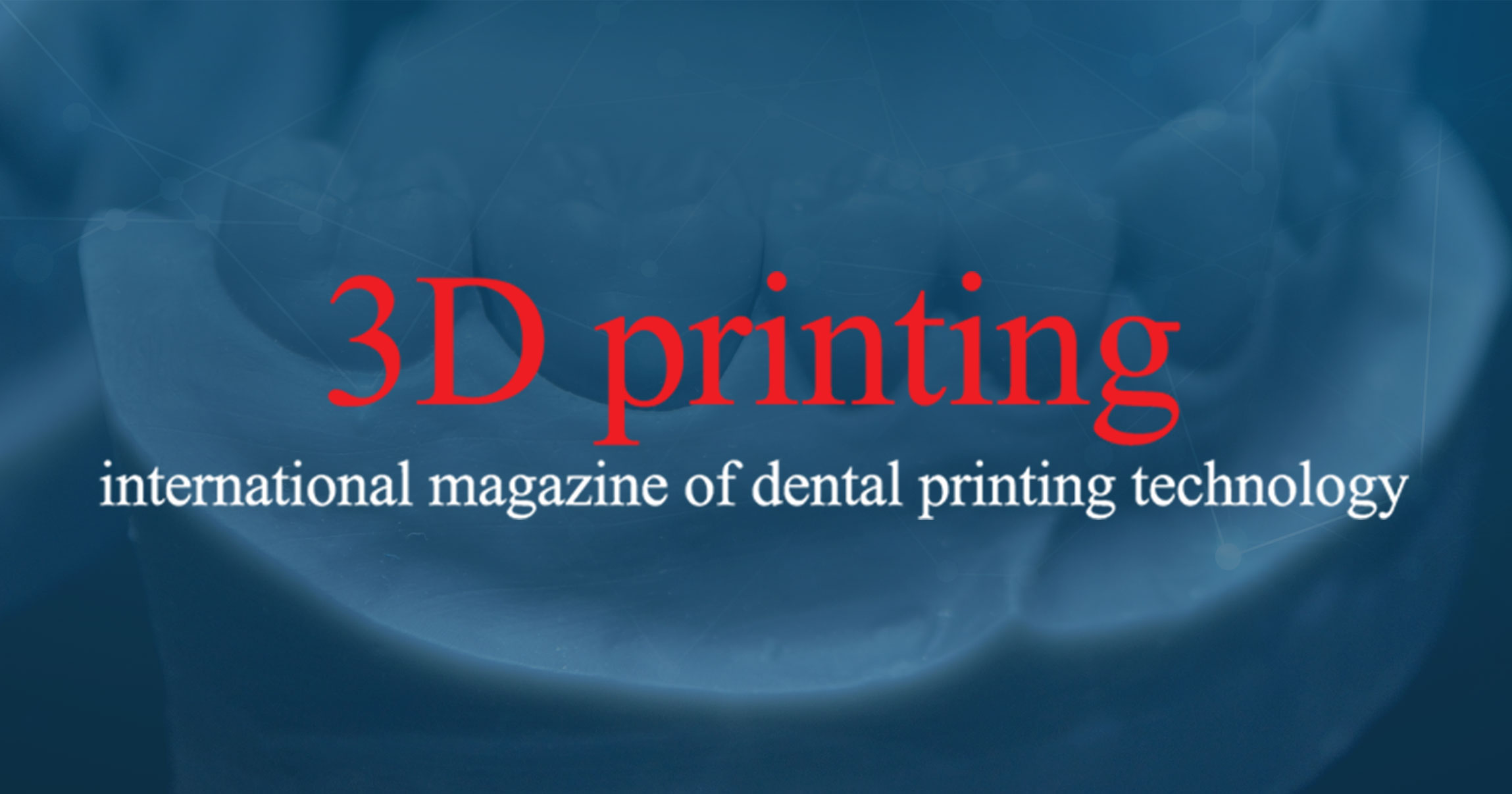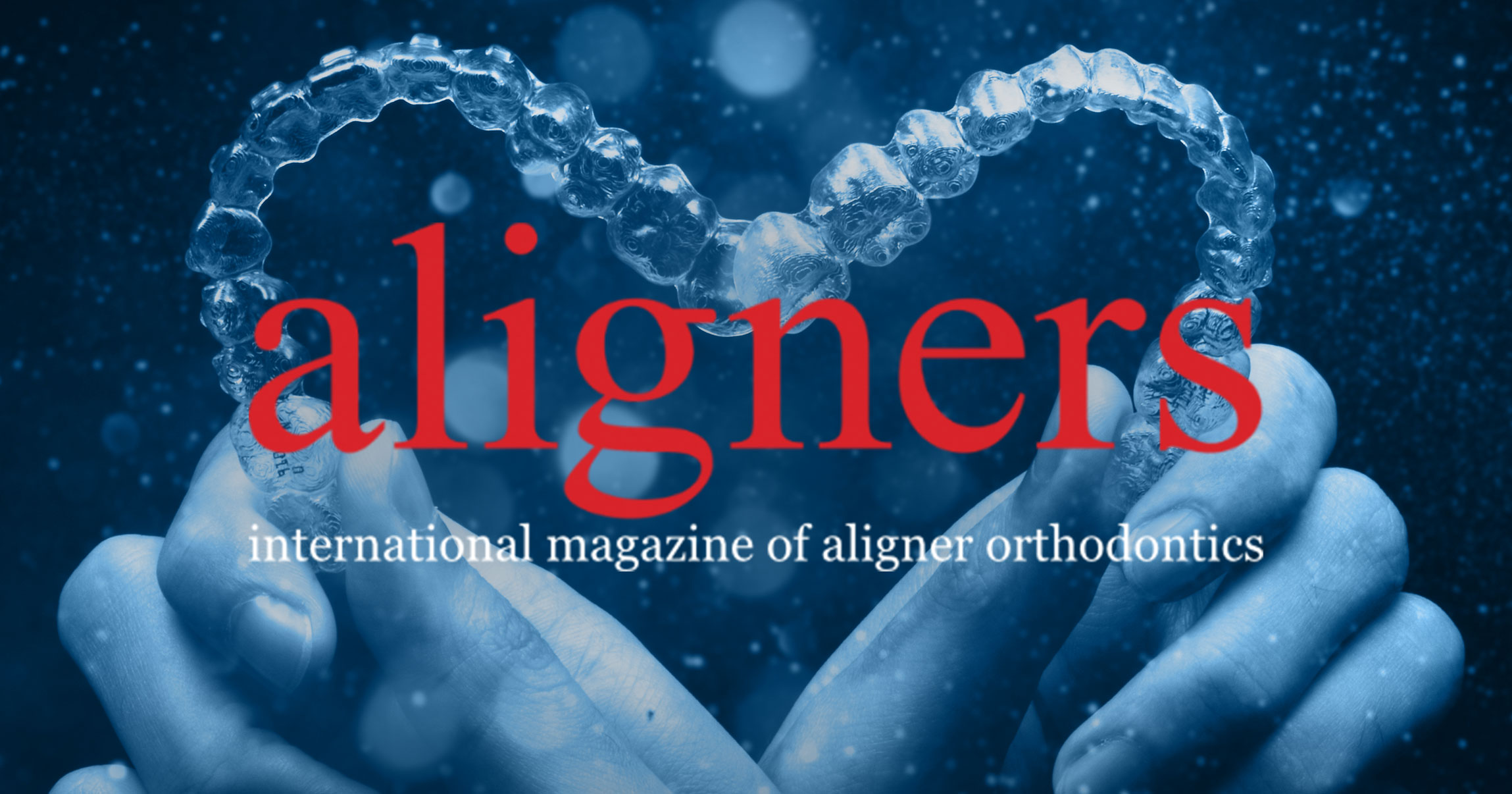STOCKHOLM, Sweden: Levelling the curve of Spee while ensuring a complete and predictable finish during deep bite correction can be an orthodontic challenge. Treating the condition with Invisalign clear aligners has shown promising results, as was demonstrated by a highly popular satellite symposium at the European Orthodontic Society (EOS) congress in Stockholm on Monday.
Presented by French orthodontist and long-time Invisalign user Dr Jean-François Chazalon from Nimes, the session focused on how the use of Invisalign G5 has changed his approach to deep bite treatment over the years. Several cases, from mild to severe deep bite, were presented during the 1-hour symposium, which attracted a large crowd.
Invisalign allows clinicians to approach deep bite correction by posterior extrusion, anterior intrusion or anterior proclination. While previously it was sometimes difficult to predictably level the curve of Spee, according to Chazalon, the new deep bite features introduced, such as pressure areas, optimised deep bite attachments and precision bite ramps, have addressed this problem. Among other things, they improve control of the vertical dimension. Furthermore, there is no delay in starting to level the curve of the Spee with mandibular anterior intrusion, as is sometimes needed with braces owing to the overlap of the teeth. Pure anterior intrusion can be more easily programmed into ClinCheck treatment plans, as it is difficult to programme pure intrusion with continuous archwire and braces. Also, precision bite ramps disocclude posterior teeth to prevent posterior bite forces working against deep bite correction.
Defined by the increased vertical overlap of the maxillary incisors over the mandibular incisors when the posterior teeth are in occlusion, deep bite malocclusions are highly common, occurring in almost every second patient.
It is associated with a number of conditions, such as palatal impingement and anterior tooth wear.
Align first introduced the additions to deep bite treatment using its clear aligner solution to the market in 2013. Since then, over half a million moderate or severe deep bite patients have been treated with the system, demonstrating it to be a viable treatment option for all severities of deep bite cases, according to the company.



 Albania / Albania
Albania / Albania
 Austria / Österreich
Austria / Österreich
 Bosnia and Herzegovina / Босна и Херцеговина
Bosnia and Herzegovina / Босна и Херцеговина
 Bulgaria / България
Bulgaria / България
 Croatia / Hrvatska
Croatia / Hrvatska
 Czech Republic & Slovakia / Česká republika & Slovensko
Czech Republic & Slovakia / Česká republika & Slovensko
 Denmark / Danmark
Denmark / Danmark
 Finland / Suomi
Finland / Suomi
 France / France
France / France
 Germany / Deutschland
Germany / Deutschland
 Greece / ΕΛΛΑΔΑ
Greece / ΕΛΛΑΔΑ
 Italy / Italia
Italy / Italia
 Netherlands / Nederland
Netherlands / Nederland
 Nordic / Nordic
Nordic / Nordic
 Poland / Polska
Poland / Polska
 Portugal / Portugal
Portugal / Portugal
 Romania & Moldova / România & Moldova
Romania & Moldova / România & Moldova
 Slovenia / Slovenija
Slovenia / Slovenija
 Serbia & Montenegro / Србија и Црна Гора
Serbia & Montenegro / Србија и Црна Гора
 Spain / España
Spain / España
 Sweden / Sverige
Sweden / Sverige
 Switzerland / Schweiz
Switzerland / Schweiz
 Turkey / Türkiye
Turkey / Türkiye
 UK & Ireland / UK & Ireland
UK & Ireland / UK & Ireland
 International / International
International / International
 Brazil / Brasil
Brazil / Brasil
 Canada / Canada
Canada / Canada
 Latin America / Latinoamérica
Latin America / Latinoamérica
 USA / USA
USA / USA
 India / भारत गणराज्य
India / भारत गणराज्य
 Japan / 日本
Japan / 日本
 Pakistan / Pākistān
Pakistan / Pākistān
 Vietnam / Việt Nam
Vietnam / Việt Nam
 ASEAN / ASEAN
ASEAN / ASEAN
 Israel / מְדִינַת יִשְׂרָאֵל
Israel / מְדִינַת יִשְׂרָאֵל
 Algeria / الجزائر
Algeria / الجزائر
 Middle East (English) / Middle East (English)
Middle East (English) / Middle East (English)
:sharpen(level=0):output(format=jpeg)/up/dt/2022/11/Dentistry-scrapes-through-third-quarter-check-up.jpg)
:sharpen(level=0):output(format=jpeg)/up/dt/2022/11/PICS1-2.jpg)
:sharpen(level=0):output(format=jpeg)/up/dt/2022/10/Poor-periodontal-health-and-tooth-loss-linked-with-cognitive-decline-and-dementia.jpg)
:sharpen(level=0):output(format=jpeg)/up/dt/2022/09/China-caps-cost-of-implant-therapy-1-1.jpg)
:sharpen(level=0):output(format=jpeg)/up/dt/2022/09/aisearc.jpg)





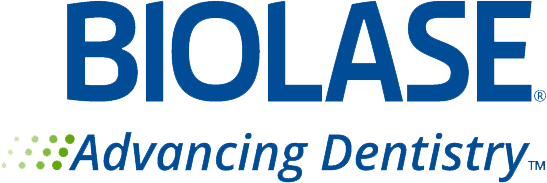

:sharpen(level=0):output(format=png)/up/dt/2014/02/ACTEON.png)
:sharpen(level=0):output(format=png)/up/dt/2012/06/Croixture.png)
:sharpen(level=0):output(format=png)/up/dt/2022/01/HASSBIO_Logo_horizontal.png)
:sharpen(level=0):output(format=png)/up/dt/2019/04/logo.png)
:sharpen(level=0):output(format=png)/up/dt/2021/02/logo-gc-int.png)
:sharpen(level=0):output(format=png)/up/dt/2014/02/MIS.png)
:sharpen(level=0):output(format=jpeg)/up/dt/2022/08/DTCHI_0322_FINAL.jpg)
:sharpen(level=0):output(format=jpeg)/up/dt/e-papers/307114/1.jpg)
:sharpen(level=0):output(format=jpeg)/up/dt/e-papers/302868/1.jpg)
:sharpen(level=0):output(format=jpeg)/up/dt/e-papers/295582/1.jpg)
:sharpen(level=0):output(format=jpeg)/up/dt/e-papers/274907/1.jpg)
:sharpen(level=0):output(format=jpeg)/up/dt/e-papers/271655/1.jpg)
:sharpen(level=0):output(format=jpeg)/up/dt/2023/01/web0115.jpg)
:sharpen(level=0):output(format=jpeg)/up/dt/2022/11/FDI-Sydney-2023_shutterstock.jpg)
:sharpen(level=0):output(format=jpeg)/up/dt/2022/12/Singapore_Marina-Sands-Bay_evening_1920x1080.jpg)
:sharpen(level=0):output(format=jpeg)/up/dt/2017/01/f2f9c778f9c21bbea8e2c35d26b0fcb7.jpg)

:sharpen(level=0):output(format=gif)/wp-content/themes/dt/images/dt-user.gif)
:sharpen(level=0):output(format=jpeg)/up/dt/2017/01/03bdc23d55949b6decac158923789437.jpg)
:sharpen(level=0):output(format=jpeg)/up/dt/2017/01/c25a23093011501629882b120c246ec2.jpg)
:sharpen(level=0):output(format=jpeg)/up/dt/2021/02/exocad-Insights-2020-T-Shirts.jpg)
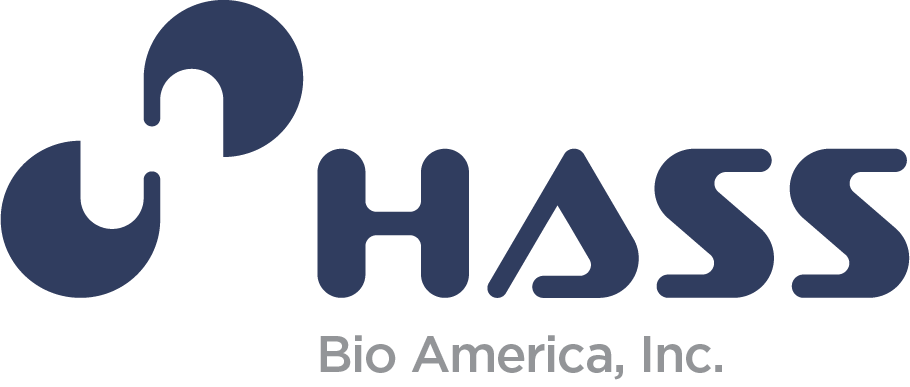




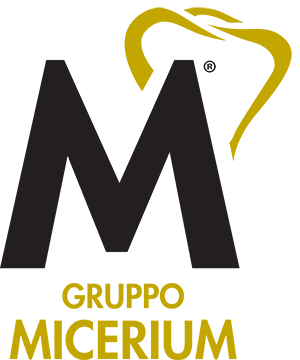










:sharpen(level=0):output(format=jpeg)/up/dt/2022/11/Dentistry-scrapes-through-third-quarter-check-up.jpg)
:sharpen(level=0):output(format=jpeg)/up/dt/2022/11/PICS1-2.jpg)
:sharpen(level=0):output(format=jpeg)/up/dt/2022/10/Poor-periodontal-health-and-tooth-loss-linked-with-cognitive-decline-and-dementia.jpg)
:sharpen(level=0):output(format=jpeg)/up/dt/e-papers/307114/1.jpg)
:sharpen(level=0):output(format=jpeg)/up/dt/e-papers/302868/1.jpg)
:sharpen(level=0):output(format=jpeg)/up/dt/e-papers/295582/1.jpg)
:sharpen(level=0):output(format=jpeg)/up/dt/e-papers/274907/1.jpg)
:sharpen(level=0):output(format=jpeg)/up/dt/e-papers/271655/1.jpg)
:sharpen(level=0):output(format=jpeg)/up/dt/2022/08/DTCHI_0322_FINAL.jpg)
:sharpen(level=0):output(format=jpeg)/up/dt/e-papers/311322/2.jpg)
